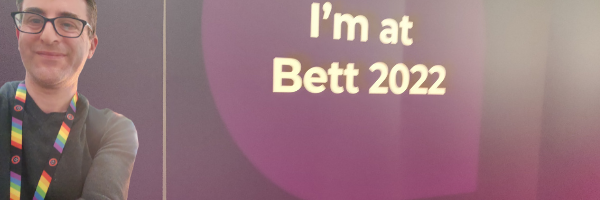After a 10 year hiatus, I finally had the chance to return to the BETT Conference in London. For the uninitiated, BETT is the largest educational technology conference in the world. The biggest technology and education speakers have seminars all day, and the biggest education and technology companies exhibit their wares at the Expo, well over 1,000 of them, in some of the most indulgent and giant stands. The Microsoft stand alone was bigger than a soccer pitch. One company (BENQ) decided their stand should be a double decker bus equipped with a proper bus stop.


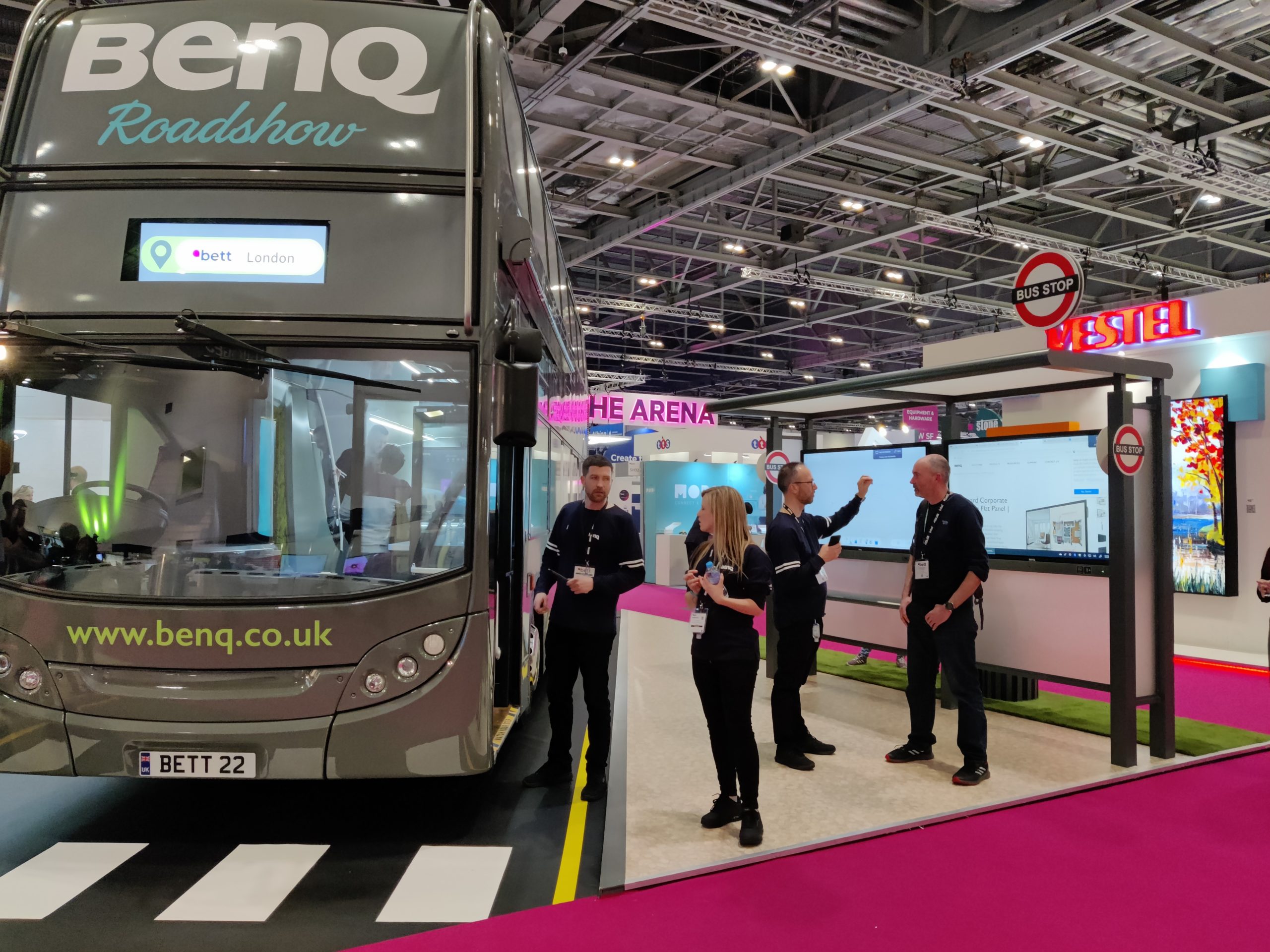

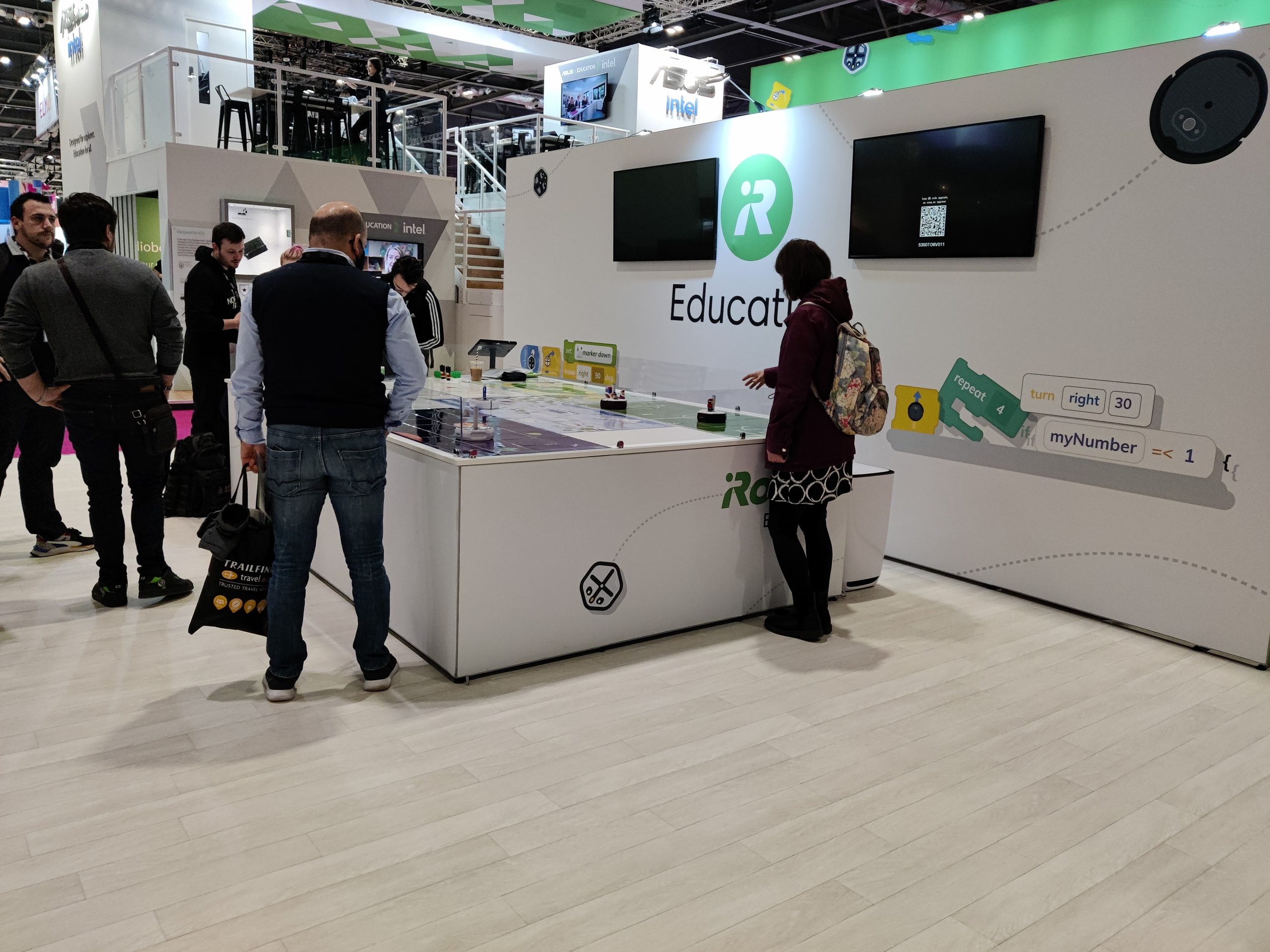
BETT has since moved to the ExCEL Arena, and is set in two giant halls. My plan for the couple of days was to get around the Expo, catch two Google events, and attend the Teachmeet. I also had a meeting with Clever.com as they are interested in moving into the “UK and Ireland.” It seems that my school is one of the only Irish Clever.com users so I better explain what it is.
Clever.com

I’m definitely underselling it when I say that Clever.com is a single sign-on service for your students’ devices. In other words, rather than your students having to remember a username and password for logging on to their Chromebooks, iPads, and so on, they get a special card with a QR Code and when the device opens, they flash it in front of the webcam and it logs them in, so they don’t have to remember their credentials. It saves so much time because, if your classroom was anything like mine, we used to spend half the day logging into devices. On top of that, there were always a number of children that lost their passwords so they had to be reset and by the time everyone finally got logged in, an hour might have passed! Even if all Clever.com did was log students into their device, it is absolutely worth it.
However, Clever has a few other cool features that we use. (I like that the students don’t even realise they are using them.) When the student logs in, they are brought to a portal with a bunch of apps they can use. For example, the most popular one in my school is Mathletics, a fantastic Maths app from 3P learning. I don’t know if they even notice, but when they click on their Mathletics app, they don’t have to log in to it. Clever is clever enough to link all of their apps with their Clever account so there isn’t the need to remember a single password. Well almost.
Unfortunately, there’s a reason why my school is the only school in Ireland using the service. Clever is an American company and it is tailored exclusively to an American audience, which means that it caters to districts. We don’t have this sort of set up in Ireland as all schools are individual private entities. This means that a huge number of integrated apps in Clever won’t work in single units. Oh, and one other thing, I shouldn’t have managed to have a Clever account because it shouldn’t have been available to Irish schools. One of my goals for visiting BETT was to find an alternative or two, and I found two.
ClassLink
The first was ClassLink. The video on the side tells you nothing about it but it’s worth watching for the merch. What ClassLink does is the same as Clever.com but it also has a few extra tools that might be of use. For example, as well as Single Sign-On, students can access their files on various platforms such as Google Drive and Dropbox. The site has a number of videos to explain what it is so here is one example:
COOL from Cloudwise
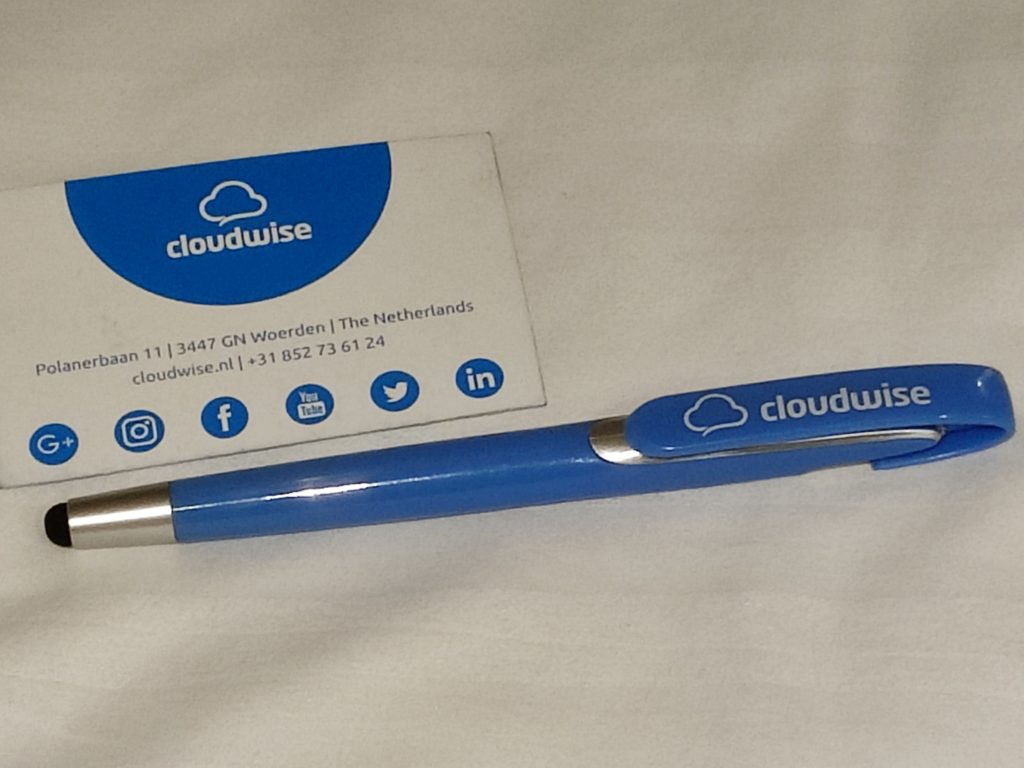
Cloudwise is the European equivalent of Clever and Classlink, and they are based in the Netherlands and Belgium. I came across them a few years ago but went with Clever in the end because Clever, when it was available, was free. Cloudwise is more than Single Sign-On as well, although, for me, this is the main thing I care about. To complicate things further, it seems to be going through a rebrand and seems to be called COOL, which, to me, makes it even less obvious to what it does.
Anyway, apart from Single Sign-On, it also incorporates monitoring of what students are doing, which is a very nice feature. This means the teacher can see exactly what is on every students screen at any time. It also allows the teacher to send files and show a particular website on all students’ screens. The teacher can also temporarily stop access to the Internet when he/she needs the students’ attention. There are other features for older students such as plagiarism checkers but probably not needed for primary level. Here is COOL’s way to log in.
I must say, I really like the look of COOL over the other two especially as it incorporates monitoring as an all-in-one package. It’s definitely something I think I’ll be looking into in the not-so-distant future.
The main difference I noticed between the BETT of today and the BETT of 10 years ago when I was last there, is how far Irish schools have moved on in terms of educational technology. Ten years ago, I walked around BETT in absolute awe of the futuristic developments that were on display. While we were still tinkering away with Interactive Whiteboards, BETT was showcasing virtual reality, robotics, and so on. I mean this in the best possible way but I was really underwhelmed by what was on show at BETT. Technology seems to have either plateaued, or Ireland has finally caught up in all aspects. While BETT is still a sensory overload with huge stands full of gadgets and gizmos, there wasn’t really very much there that isn’t freely available in Ireland. Of course, there were some very interesting stands and I’ll go through some of my highlights (and maybe one lowlight) now.
Ocram Learn

This device on the left, while small, was the only piece of technology that made me go “wow!” Many of you will be familiar with Reader Pens, small devices aimed at people with reading difficulties, which scans what they are reading and then reads it out. Many of these “pens” are able to read out definitions of words and a few other ideas. However, this all pales into insignificance with this yolk. The ORCAM Learn is an upgrade to the ORCAM Read which was similar enough to the regular Reader Pens that you might be familiar with.
However, what this particular thing does blew my mind, and for someone as cynical as me, it takes a fair amount to do that. Scanning the page initially, you won’t be surprised to hear that it will read the full page to you if you wish. You’ll notice, however, it is clever enough to understand intonation so it actually sounds like a real person is reading it. However, there’s more. You can ask the pen some questions. Simply press a button and ask “find me a six letter word in the text” and in seconds it will read out a word. You can ask loads of different types of questions but even better than that, the pen can ask you questions. It might ask you similar questions and it will understand your input, but it will also be able to ask more complicated questions such as comprehension questions. I’m really not doing it any justice here. It isn’t on the market yet but, in my opinion, if the price is right, it is revolutionary. I asked the lads whether it would be under €1,000 and they weren’t budging.
Interactive Screens
There was a time when this web site was the most popular education blog in Ireland, with over 1 million hits per annum. The reason for that was the Interactive Whiteboard. From about 2006 to 2011, there were over 50 companies selling 28 different brands of board, and I used and reviewed every single one of them. A combination of the recession and the fact that the Irish education market is a fairly finite one meant that the vast majority of these companies went bust. I moved my attentions to other matters on the blog trying to find the next big thing. The only thing that has really changed in terms of Interactive Screens these days is that instead of a projector shining the screen onto a surface, Interactive screens tend to be large touchscreen TVs, and to be honest, they aren’t particularly exciting anymore. Effectively, now, you pay for what you get in the main. However, the era of the projector hasn’t completely gone away and I was interested to see two products which might be of interest to you. One of them is “affordable” and the other is a luxury item that I can’t see any primary schools managing to buy.
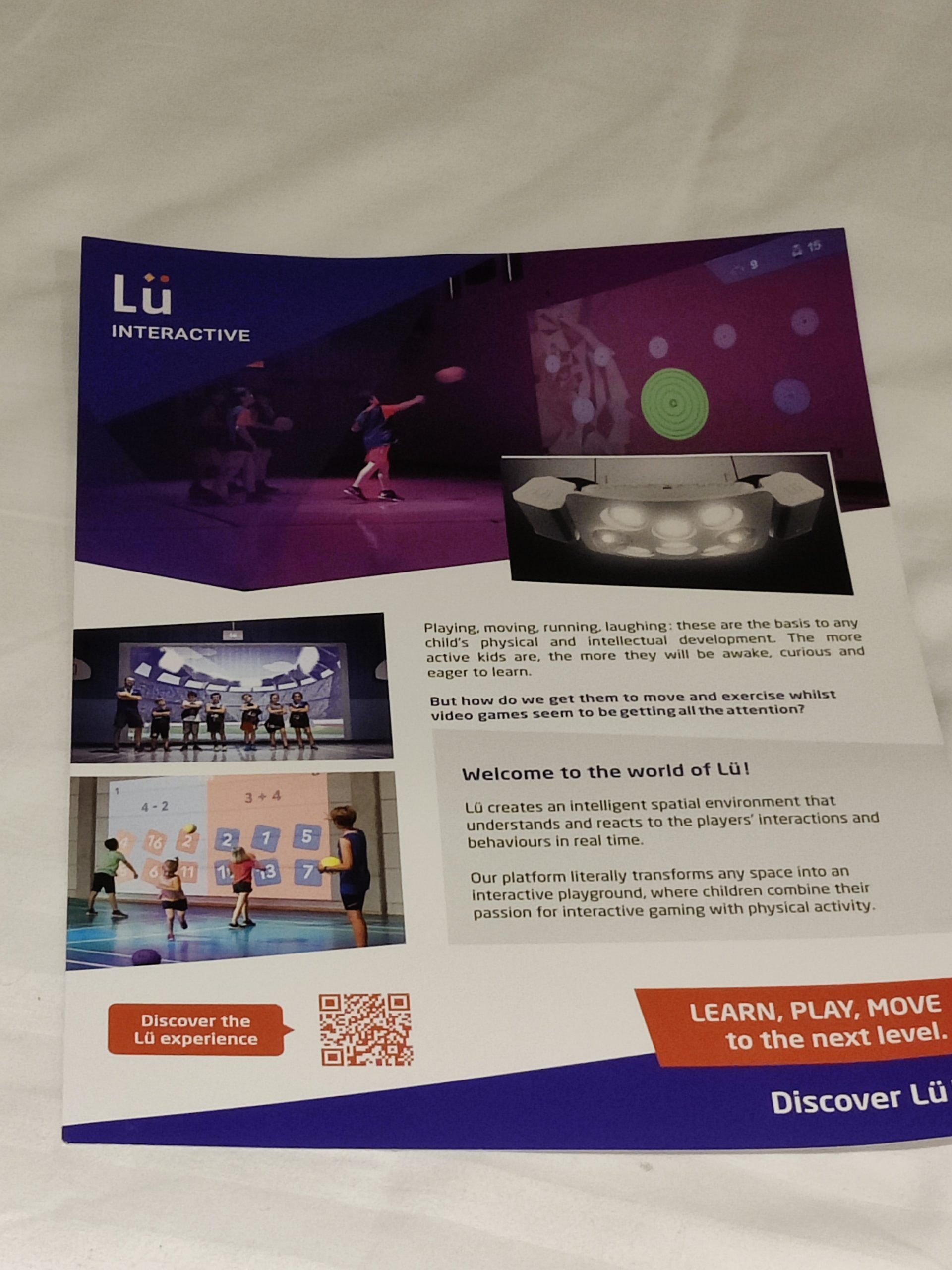
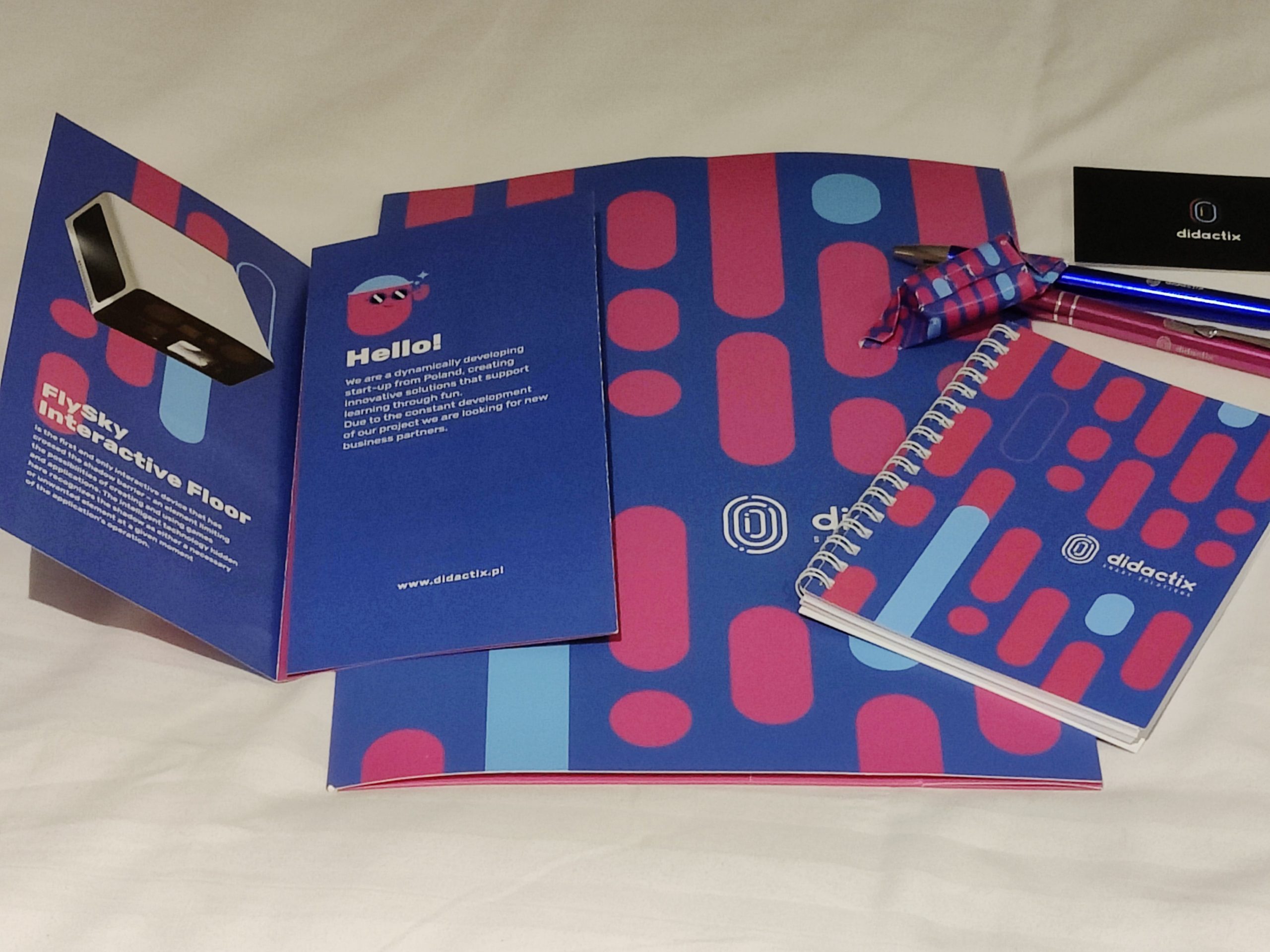
Let’s start with the affordable one, around the same price as an Interactive Screen. The Didactix Interactive Projector hangs from a ceiling and projects images on to the floor. While there were a few of these dotted around the Expo, this one stood out in terms of education. Maybe it was just the demo that caught me but it seemed to be aimed at Sensory Rooms as well as learning. The other ones seemed to be variations of Whack-a-mole. In essence, an interactive image is projected onto a floor and can be manipulated depending on the software. It comes in around the €4,000 mark and ships from Poland.
The Lü Interactive Wall is a similar concept but it projects on to a very large wall, like a PE Hall. The demo consisted of people rushing around throwing balls at the projected image, knocking out teeth. It’s easy to see how this could be used for throwing games in PE but if you look more deeply, you can convert walls into various types of goals – from football to basketball, which is very clever.
I imagine it could also be used as a basic projector so you can have your backdrops for your winter concerts ready. I must say I was deeply impressed with this, and it was a bit of a “wow” moment. However, my bubble burst when I heard the thing cost €20,000.
Blocksi
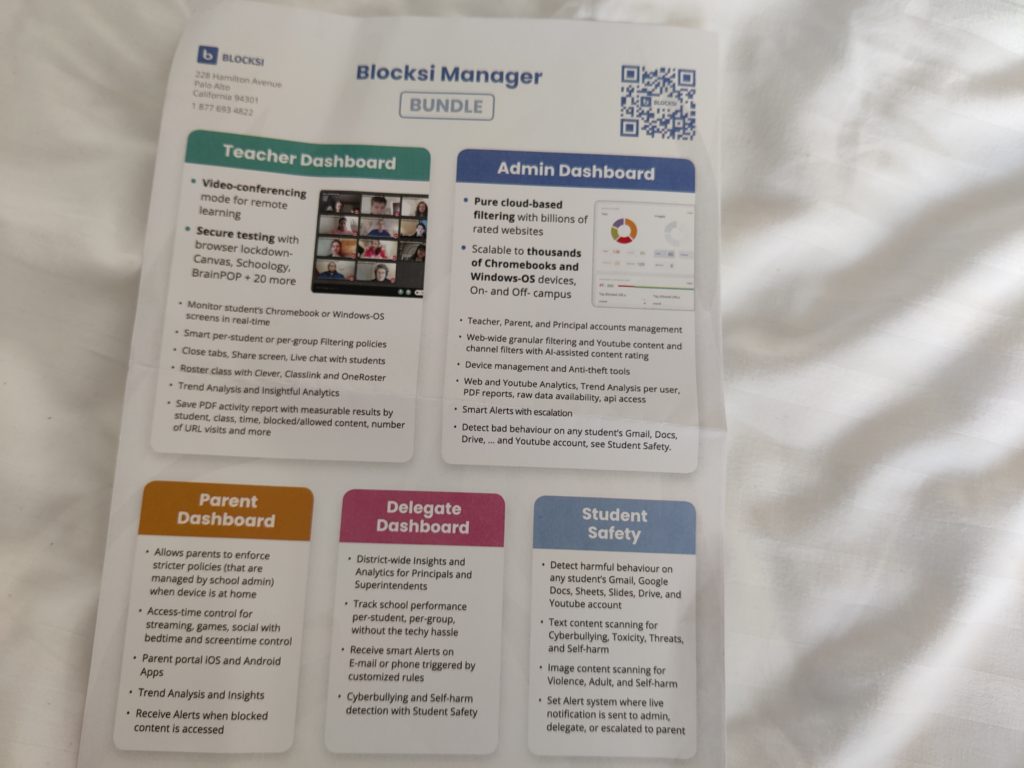
If you are as old as me, you probably remember a program called AB Tutor. The idea behind it was that the teacher could see what was on every student’s screen. It is still around and it works very well but Blocksi, for me, works really well, in particular with Managed Chromebooks. On top of being able to monitor what pupils are doing, it tracks the pupils’ every click and every visit to every site. Many teachers will find that particularly useful. However, on top of this it has an anti-theft feature that tracks exactly where the Chromebook is in real time so if it gets lost, you can find out exactly where it is.
There are some other cool features such as being able to run assessments where you can lock down the Chromebook so only the test is on the screen but probably not that useful for primary schools. This video gives a full overview.
Leasing Devices
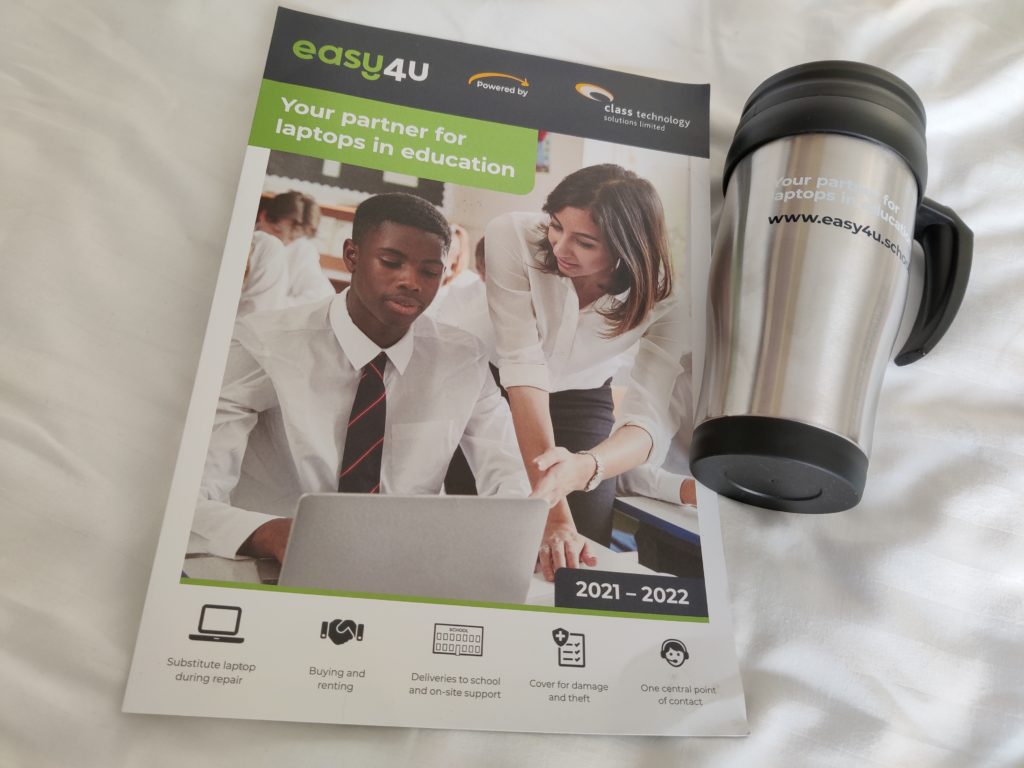
Speaking of lending out Chromebooks, sometimes a family will want to own their own device and I came across a company that leases out devices to families for low monthly fees. They said they work in countries all over the world and their prices, to be fair, are very reasonable. Schools decide which devices they feel their pupils will benefit from and they send out a link to parents who can select the device of their choice. The company does the rest. It reminds me of the Irish company, Wriggle, expect it’s aimed at families.
2Simple

I’ve been a long time fan of this company and I’ve written about them a few times on this site. Sadly, an interview I did with Andy Hopkins back in 2012 has disappeared from the Internet. I forgot I was podcasting before it was cool! I went up to the stand to see if Andy was still there as it’s been 10 years since that interview, and sure enough, there he was! 2Simple is no longer the very simple software it once was, and it has grown into a colossus!
Many people will be familiar with their main offering, which is called Purple Mash. It’s a bunch of mini-programmes, which these days would be called Apps, which encourage creativity through learning.
Teachmeet
2Simple were the sponsors of the BETT 2022 Teachmeet. It’s been 10 years since I was at this Teachmeet and I presented back then about developing a school mobile app. (My school was the first school in Europe to have an app.) As I was looking for directions to the venue, the organiser asked me if I wanted to do a talk so with 20 minutes to spare, I delved through my school’s Facebook page to see what I could do. I found two examples of video conferencing after the COVID19 lockdown so gave a two-minute presentation on things that lockdown taught me. There were quite a few presentations including a couple of highlights:
- Tom Rogers Top Ten podcasts – 10 of his favourite podcasts including one he runs. Sadly mine didn’t make the cut but I put that down to Brexit as all of the podcasts were British!
- Mr. P ICT – You may have seen this guy on social media. It’s never easy to share web links at an ICT event when most of the people at the event are big into ICT but, in fairness, he listed a few sites I’d never heard of. Here are some highlights:
- neal.fun – a load of fun things to waste a bit of time but some educational things too
- FakeYou – say anything using the voice of any celebrity or cartoon character. Example: Homer Simpson
- Animated Drawings – Upload any drawing and it will animate it for you.
- Gaugan2 – Make a glorious piece of art using AI. Honestly, you’ll be amazed!
The biggest differences between this Teachmeet and the previous one were:
- It’s a lot more glossy and professional now
- There were much fewer Irish teachers there.
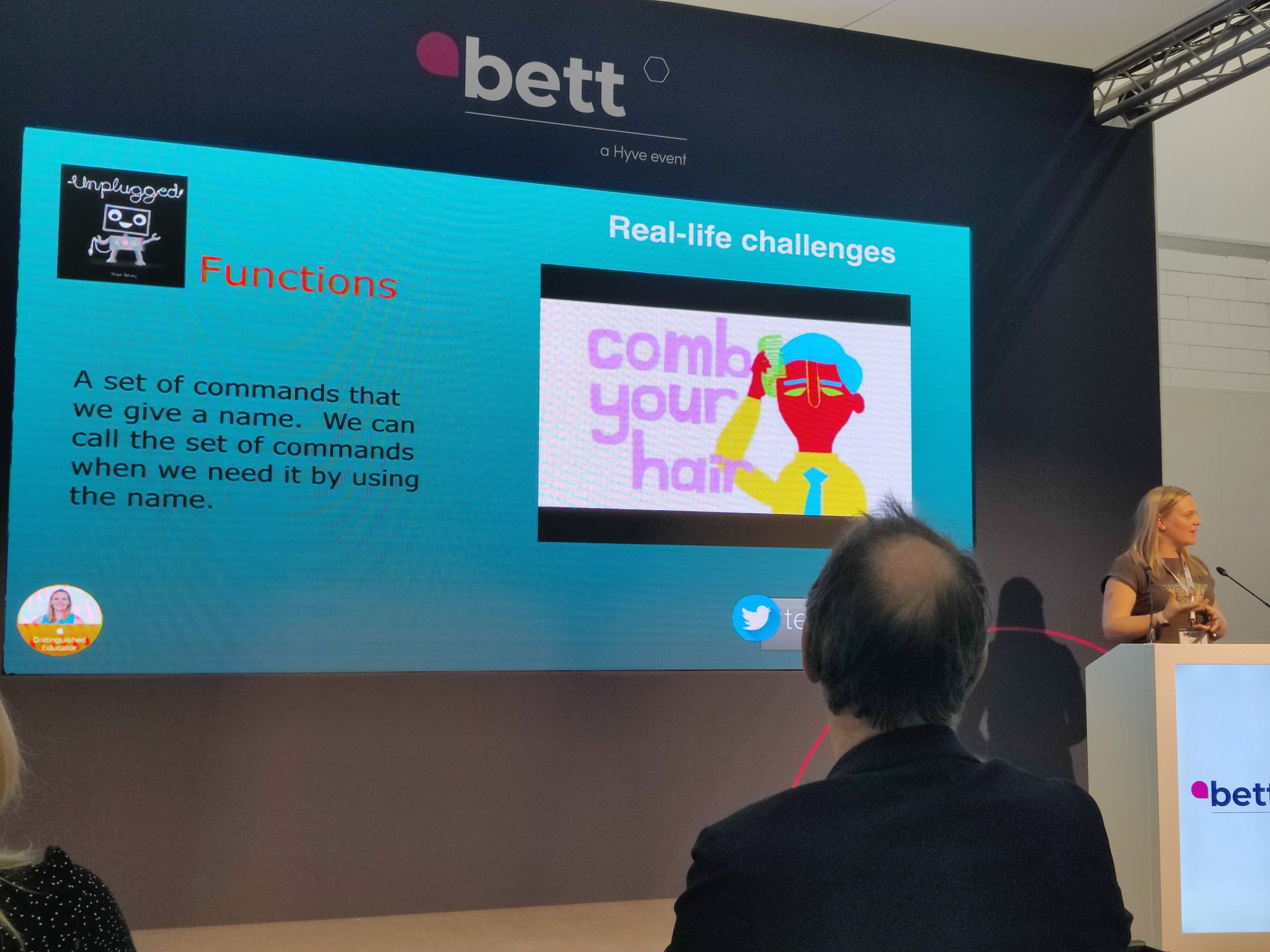
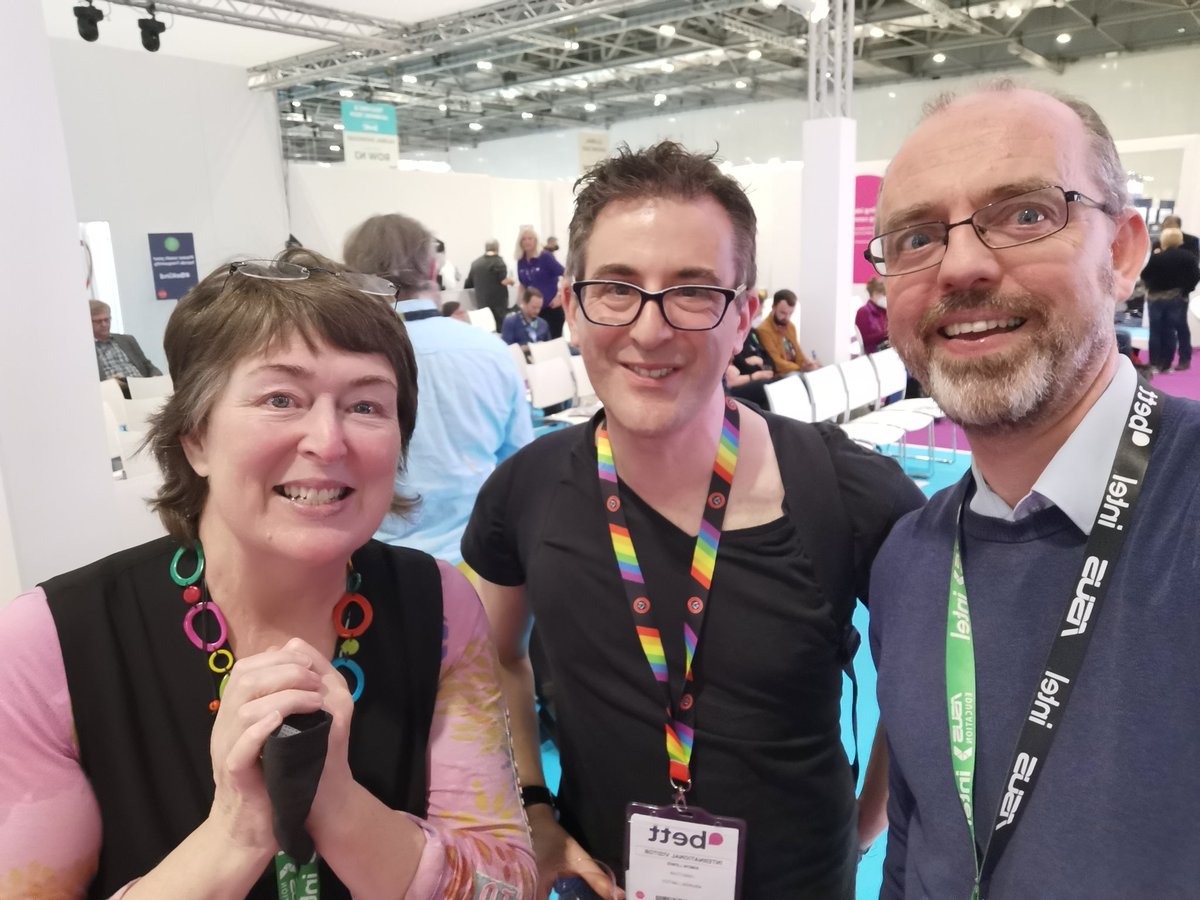
Speaking of fewer Irish teachers, I was disappointed that there were so few Irish teachers at BETT this year. From my remembrance, there were always loads around at the show. Now, I do know there were a few about that I didn’t see and, if I’m honest, it was a little disappointing that given this was likely to be one of the first conferences many of us have been to since the pandemic, that there wasn’t much of an effort to meet up. I saw that one of the big Irish representative bodies was visiting the expo, for example. There was also a lack of Irish-based businesses exhibiting at the show. I only found one and, to be honest, I’m not going to say who they were because I’ve never met a company less eager to speak to me and I’m not going to give them a bit of publicity. I would have been interested in their product too thanks to the upcoming 2026 curriculum as it would be right up their alley, but anyway. However, where the lack of Irish representation was most notable was at the first of two Google events I attended. The first was a special meetup for Irish Google Users.
Google Meetups

Guess how many Irish people made it to the Irish Google Teachers’ Meetup? About 10. Guess how many were teachers? One. Me. I spent an hour in the company of 4 lovely companies and someone from Google who has something to do with education and Ireland but I didn’t catch her name. The hour consisted of two of the companies talking about markup on Chromebooks. The only thing I really learned from the event was that businesses don’t really know much about primary education and what they need.
It seems that companies think we want to teach children how to use Google’s services, you know, how to make a slideshow or a document, but that isn’t what we want. It’s really interesting to see that after Google basically took over from Microsoft as the most relevant education provider on the market, that they are doing everything they possibly can to become completely irrelevant to the market, and slowly but surely, Microsoft are making a comeback. While Google must think it’s still the late 1990s and we should be teaching children how to write documents and make slideshows, Microsoft are buying things that children use such as Minecraft and Robotics and, yes, (as much as I don’t like it), coding. And they’ve been doing it for a while now. I don’t know if Google are too focused on America to notice that they are losing ground in Europe as Microsoft win the hearts and minds of the primary education sector.
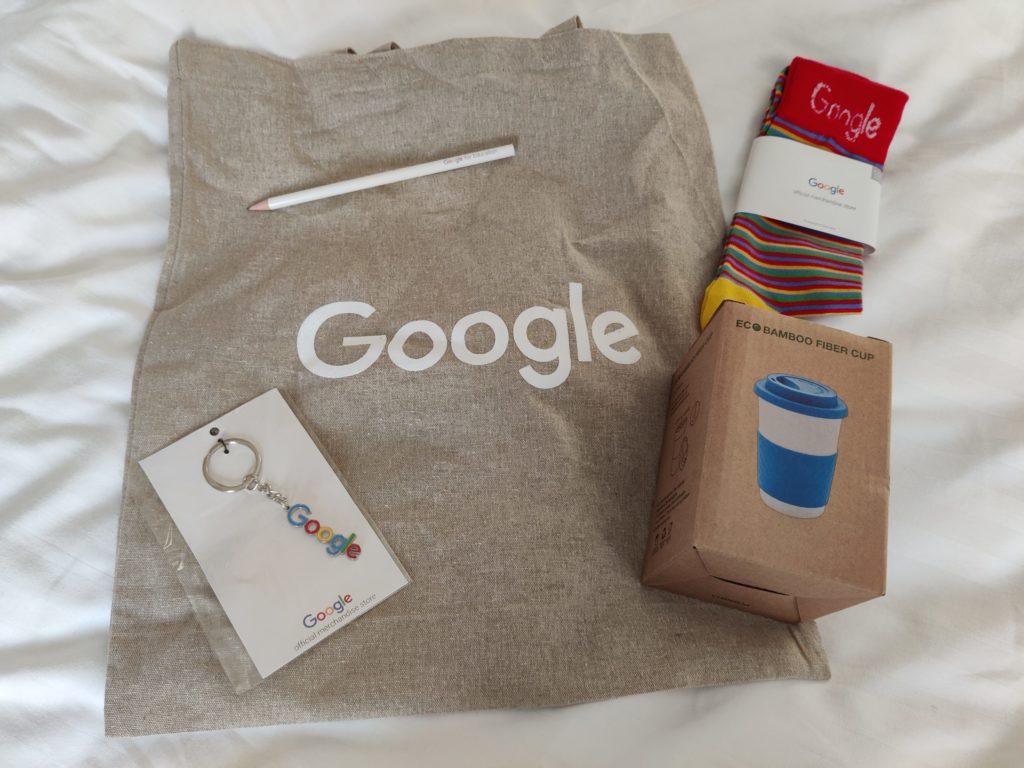
Having said that, they did provide a reasonably good merch bag, which included my first pair of branded socks. The second Google event was about half an hour after the Irish event and it gave me the reason for my doubts about Google in the education space. OK, they can put on a show, I’ll give them that. There was lots of wine and there were Googly-canapes which consisted of things like a raw carrot topped with couscous. There was a stage and an over-enthusiastic man who didn’t bother introducing himself because it seemed everyone there knew who he was.
He pointed at people he knew and made in-jokes that they all seemed to get. At some point I really thought I had accidentally gone to a Google staff party rather than a Google Education event. He introduced 3 new tools that Google were introducing for education, and I can’t remember what they were but everyone there burst into whoops and cheers, and I’m sure I heard the word “awesome” in stereo. After that, he introduced a magician from some reality show I don’t watch, and in fairness to him, he was very impressive. Once he did his bit, I sat on my own for an hour and stubbornly refused to leave. Eventually, I decided to barge into some table beside me, not literally as I’m sure that isn’t good etiquette. They were all wearing t-shirts that said Ask Me About Google Classroom. I was wise enough not to do such a thing and instead asked how their evening was going and did they mind if I joined them. Reluctant is probably the best way to describe the response but they tolerated me without ever telling me their names and for about 15 minutes I managed to exhaust them of information about teaching in the UK, whether they had families, and what it was like working for Google. It turned out they don’t actually work for Google but work for some partners of Google, which may have meant that they were forced to this party against their will, which might have explained why one of them kept mouthing “help me” to me… no that didn’t happen. Anyway, one should never stay where they aren’t wanted so I stole a packet of crisps and went. The guy at the door said goodbye and smiled, which was about the most friendly part of the evening.
Anyway, back to some of the techie stuff I saw worth mentioning. In my school we use Reading A-Z and RAZ-Kids for our online literacy programmes, which supplement the general reading programmes we have. I wanted to see what sort of alternatives there were. I found a few stands but two stood out.
Reading Programmes

Reading on your Head and Bookr were two of the more interesting options on show. Reading on your Head is a big collection of reading comprehensions, 2,000 of them in total covering all sorts of aspects of comprehension strategies. It’s simple enough but really stood out as an up and coming company with a nice idea. Bookr seemed to be a more established company and their unique selling position was a complete reading scheme for EAL.
There were three small stands that I hadn’t planned on seeing before I left for BETT but they are all worth a mention.
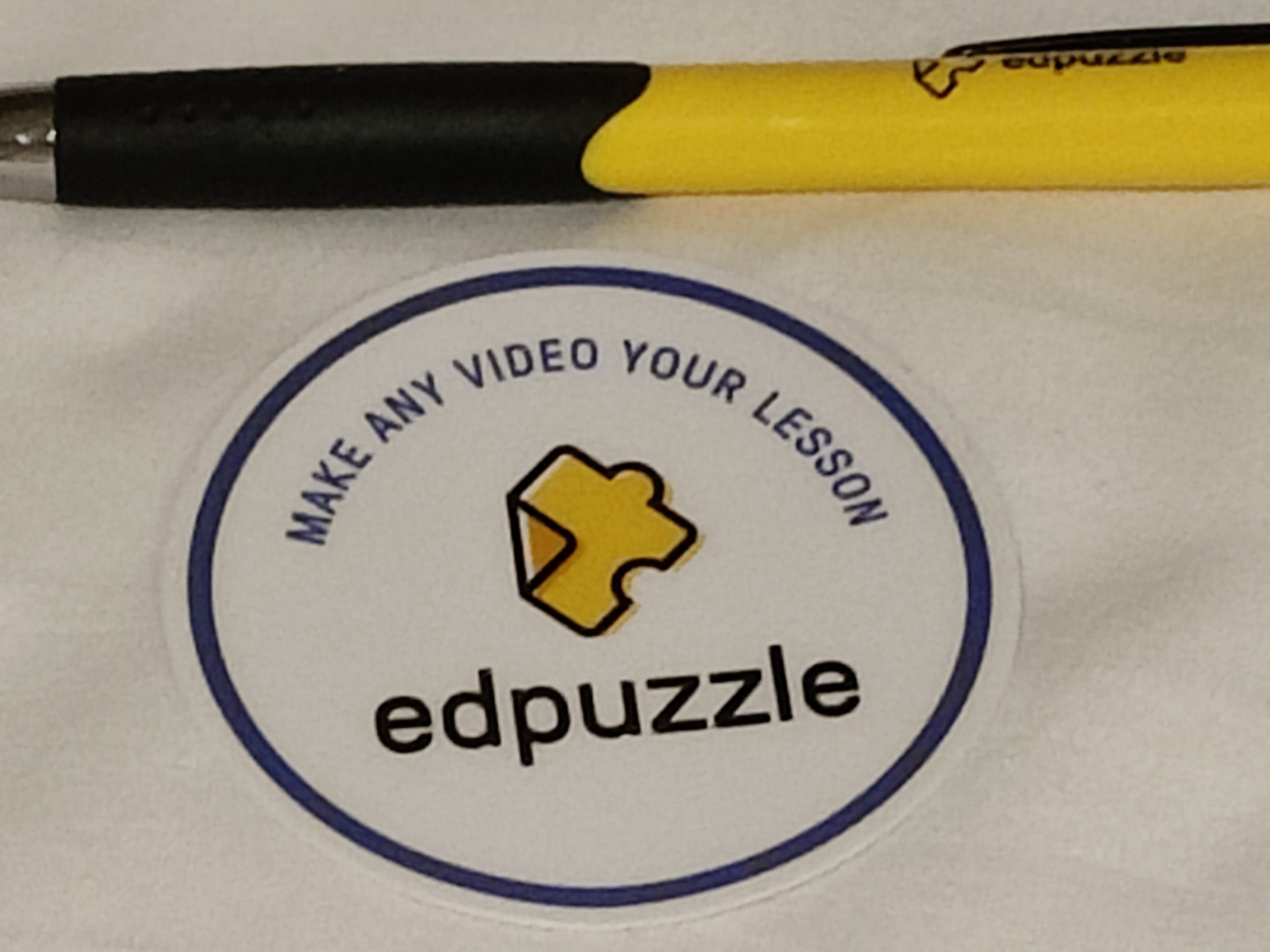
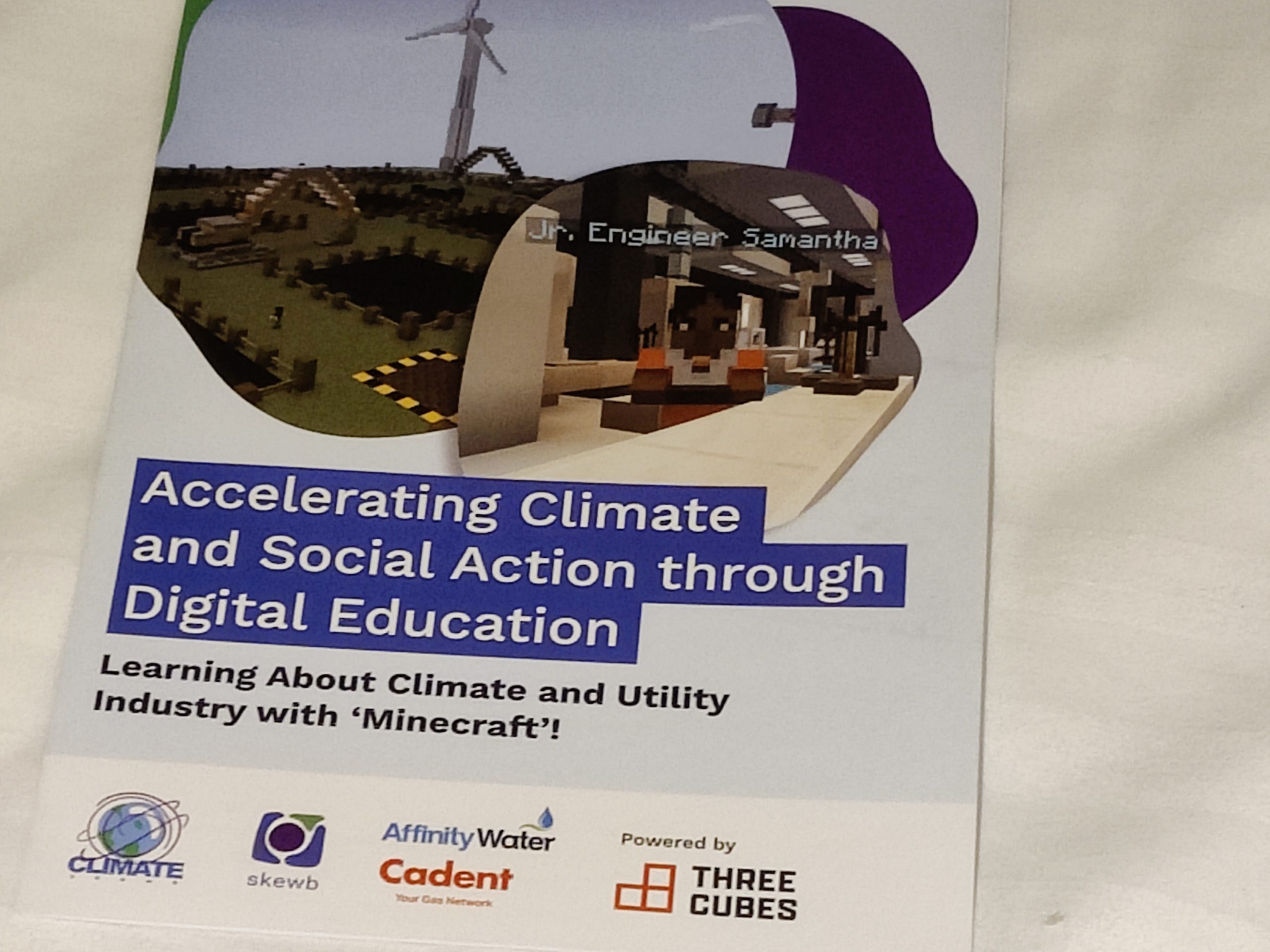
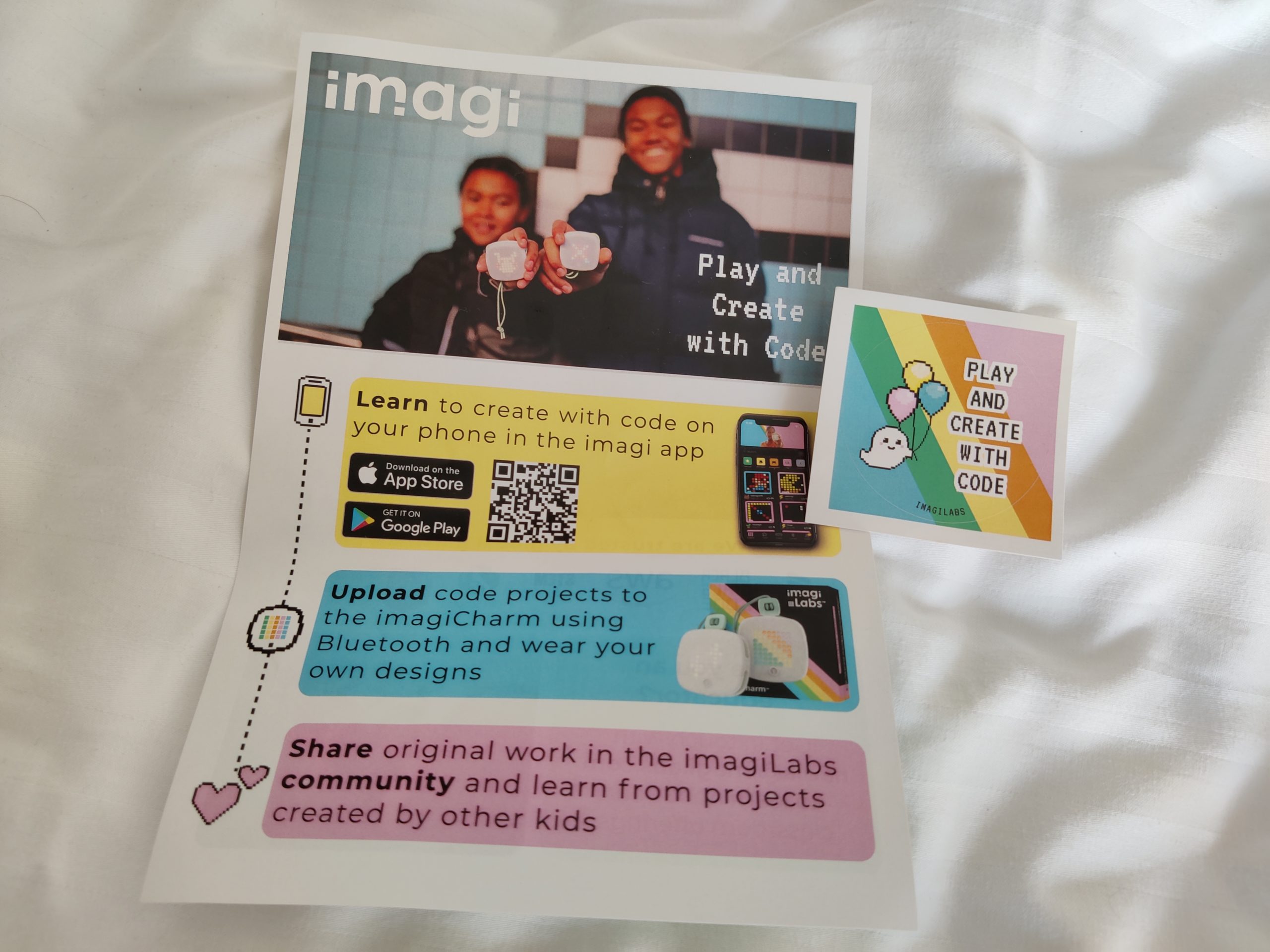
Edpuzzle
Edpuzzle is a website I had heard of but never used that much. It’s a simple enough concept in that its concept is to make any video into a lesson. Essentially, pick a video with a particular lesson and add some questions. The software will tell you if the student actually watched the video and how they did with the questions. According to their website over 50% of American schools use their service, so not so small really.
Skewb
This unusually sounding website doesn’t give much away as to what it is about and I walked by the stand a couple of times until I saw that it is focused on teaching about Climate Change through Minecraft. Skewb Climate to give it its full name uses the platform to teach children about all things Climate Change. The only issue for schools is whether they have a Microsoft 365 account, because Microsoft bought Minecraft and you need an account to access it otherwise it costs an absolute fortune. Microsoft, as I said earlier, have been busy buying up services that primary school kids are more likely to use. Google take note.
Imagi
One of the biggest issues in the edtech world, which doesn’t seem to be answered is how to get girls into coding. There have been several failed attempts. Imagi aims to change this with their offering. Their About Page says that they are:
building the only mobile-first community targeting 300 million pre-teen girls worldwide with the goal of encouraging them to start coding. The imagi apps introduce Python programming through a visual and gamified learning journey, where colorful designs can be created + shared. We also made a programmable accessory, the imagiCharm, which enhances the learning experience by making code projects more tangible and easy to show off!
https://imagilabs.com/pages/about-us
The video below tells you what you need to know, and to be honest, I can see this working quite well. This was another stand I wouldn’t have spotted but the two women at the stand called me over because I was wearing my Sheffield United lanyard. Sadly they were more interested in the fact that it is a rainbow lanyard rather than being interested in the Sheffield United logo. In fact, I could sense their disappointment when I turned out to be a middle-aged, white, straight man, the privilege dripping off me. Anyway, they were pleasant enough to me and I’m really considering looking into the product.
I want to go through two last products, one which you will be familiar with and one you may not know. My school uses both and I bet you have used one of them while drinking alcohol. Let’s start with the one you’ve definitely heard of, and yes, also the one you’ve drank wine while using.
Zoom

Apart from having the best merch, Zoom have some amazing stuff for the edtech world. I had a long demo from one of their people about a VOIP phone system, and I am definitely sold. In fact, if we can afford it, it’s one of the first things I will do. Essentially, Zoom can replace your regular phones in school and join them up with all of your staff so that the school secretary can transfer a call from a parent to your mobile phone, for example. Basically it ties together all your phone and video conferencing in one place, and you get to keep your phone number.
There is too much to talk about with this service so I’d recommend searching for Zoom VOIP schools to find out more. It was also the only stand where all members of my family were catered to – a pair of socks for me, a notebook for Rozz and one of those popper fidget toys for Emrys.
Impero
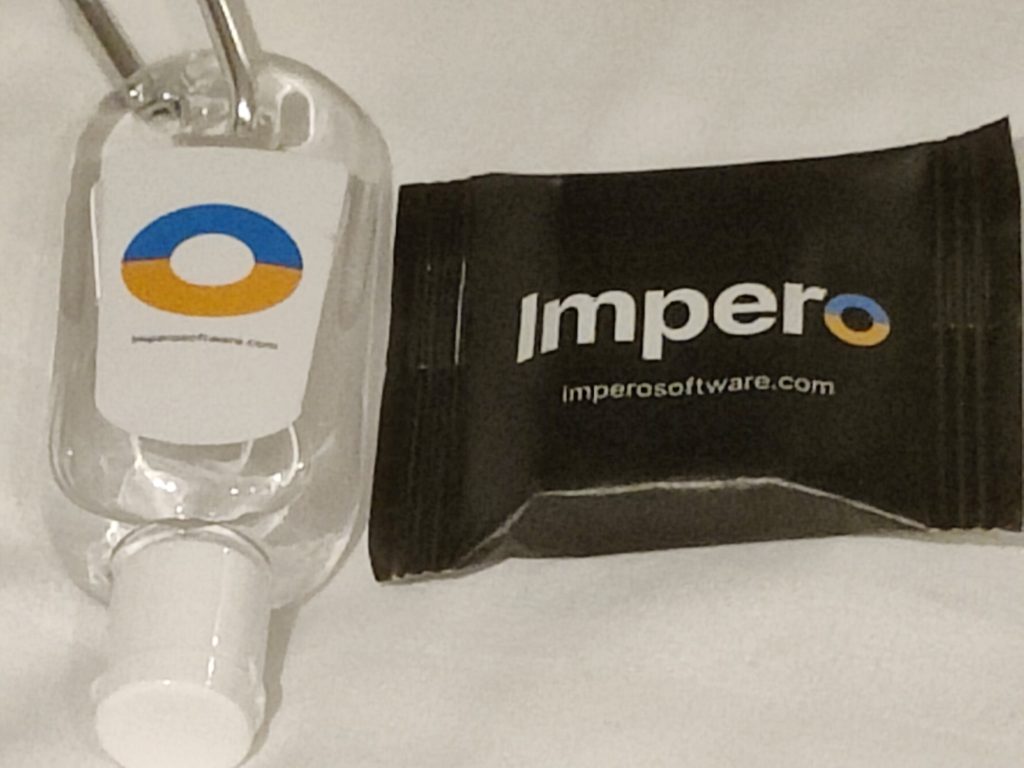
The one you might not have heard of is one that I’ve spoken about before, which is called Impero. Impero is all about Internet Safety and Security, but also about Child Protection. You can use it for monitoring children’s use of technology in the school like AB Tutor or Blocksi as mentioned before. However, I really like their child protection software called Edaware, which we use in our school for tracking behaviours, child protection and first aid. It’s a really good tool and if I could get it integrated into my Aladdin, it would be even better!
That’s basically my two-day summary of BETT for 2022. The ExCEL venue is very impressive with enough variety of food to keep you going for a week, even if the food is similar to what you’d get in an airport. I had the unfortunate experience of ordering a burrito from one place, and I felt depressed by the time I got to the end of the conveyor belt style service. It took 4 people to make my burrito and each person at each stage couldn’t have been any more depressed about being there. Granted I would be depressed saying “chicken or pork” and then spooning one ladel of it onto a tortilla wrap for almost 12 hours. I wouldn’t have minded as much if it was efficient but they were incredibly slow and they almost went out of their way to be as unfriendly as possible.
However, it wasn’t the food I was there for, and despite BETT not being the futuristic show it once was, and despite the fact that the really big tech companies have probably taken the soul out of a lot of it, squeezing out the small interesting companies, it’s still well worth seeing. It’s so big that it’s impossible not to find something worth looking at for your school. If you haven’t been, see if you can get there sometime.

